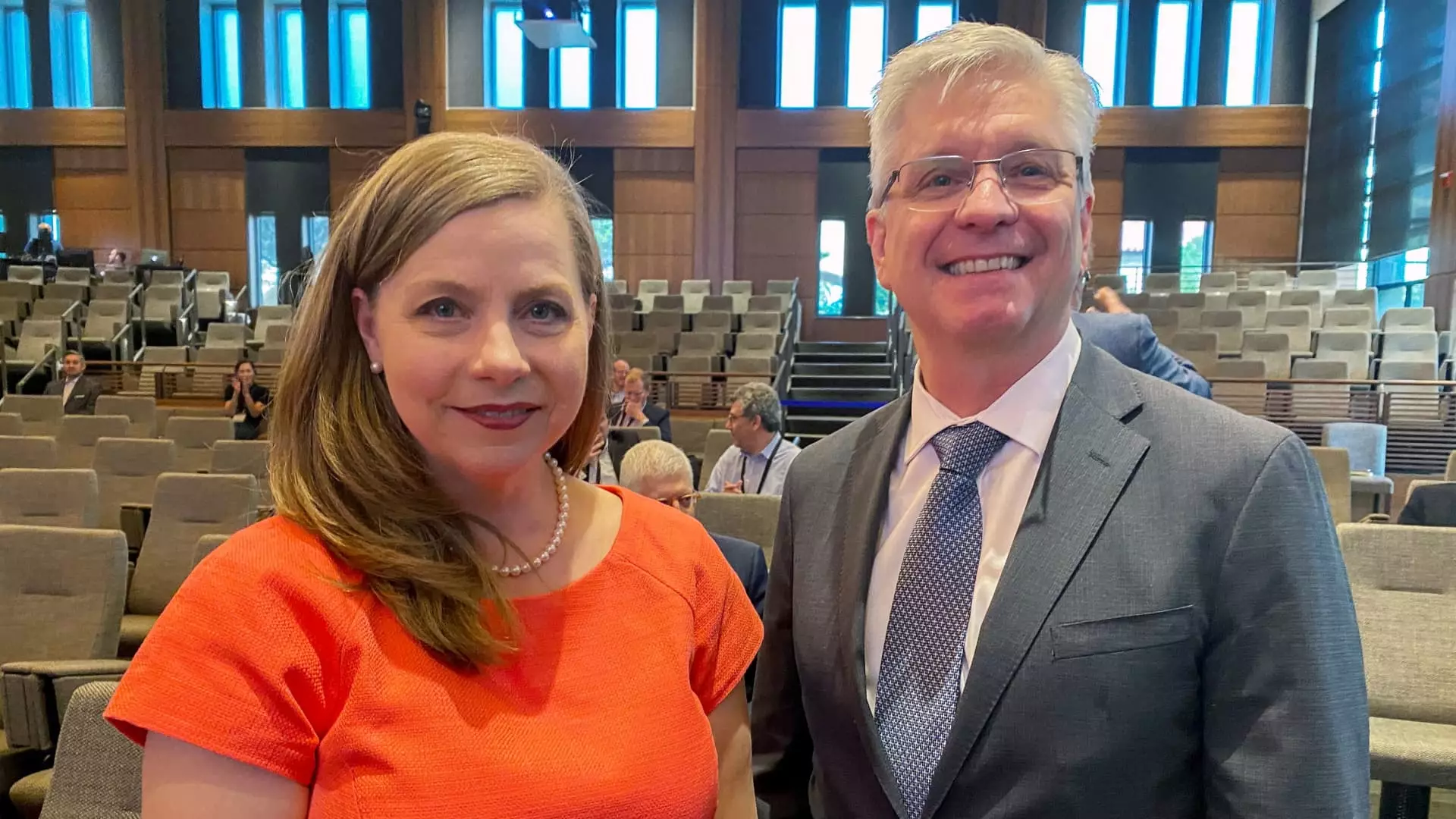The recent announcement of Michael Barr’s impending resignation from his position as Vice Chair for Supervision at the Federal Reserve signals a potential shift in the regulatory landscape for U.S. banks. The change comes amidst an atmosphere of optimism and anticipation following Donald Trump’s election victory, which has generally been associated with a push towards deregulation in the financial sector. As Barr steps down nearly a year and a half earlier than expected, the implications for financial institutions and their operational environments are profound and multifaceted.
Michael Barr’s decision to resign is framed within a larger narrative of political maneuvering and regulatory overhaul. Initially positioned to be a key figure in overseeing U.S. banking regulations, Barr’s announcement aims to sidestep potential tensions with the Trump administration, which had hinted at the possibility of seeking his removal. His exit not only alters the dynamics around regulatory policies but also raises questions regarding the direction future regulations might take under a new official whom Trump will appoint. This change demonstrates how political climates can directly influence the oversight functions of key financial regulators and emphasizes the importance of leadership alignment with the prevailing political ideologies.
The impact of Barr’s resignation is already evident in the financial markets. Following the announcement, bank stocks, including major players like Citigroup and Morgan Stanley, experienced noticeable increases. This is emblematic of the broader sentiment that the departure of stricter regulators could herald an era marked by looser regulations and greater opportunities for mergers and acquisitions. Financial institutions have long sought a more favorable regulatory environment conducive to growth and profit maximization. As optimism rises around the prospect of more lenient oversight, banks may perceive renewed opportunities for capital deployment and investment strategies that were previously constrained by regulatory requirements.
With Barr’s seat increasingly viewed as a pivotal role for the upcoming administration, speculation mounts over potential successors. The President is expected to choose from established figures within the Federal Reserve, namely Michelle Bowman and Christopher Waller. While Bowman appears to be the frontrunner—given her criticisms of Barr’s stringent regulatory proposals—her track record and industry connections suggest that she may adopt an approach more favorable to banks. Her criticism of the Basel III Endgame underscores a broader industry sentiment that values innovation in regulatory approaches without compromising the stability of the financial system.
Introduced amid considerable debate, the Basel III Endgame was intended to tighten capital requirements for large banks significantly. However, with Barr’s reform-oriented ambitions faltering, the future of such proposals hangs in the balance. If the incoming vice chair aligns with sentiments expressed by Bowman, there stands a strong likelihood that any reform proposals will lean towards being less onerous, facilitating a more conducive environment for the banks. Analysts suggest that a revised Basel III rule may indeed prove to be capital neutral, helping banks maintain liquidity and engage in shareholder value initiatives like stock buybacks.
The immediate market reaction to Barr’s resignation reflects a broader investor sentiment towards deregulation. The KBW Bank Index’s rise exemplifies investor confidence in a future characterized by more conducive regulatory environments. Additionally, heightened expectations surrounding potential changes in regulatory approaches could spur further market activities, such as increased lending and corporate investments. As banks and financial institutions rally in response to Barr’s departure, they are likely to lean into these opportunities for growth, potentially driving stocks higher.
Michael Barr’s resignation from the Federal Reserve marks a significant moment in U.S. banking regulation, shifting momentum towards a potentially more lenient approach under new leadership. The anticipation surrounding the appointment of Barr’s successor is palpable, as it carries substantial implications for the industry. If the trends following Barr’s announcement are any indication, the regulatory landscape may yet evolve to favor a milieu of growth and innovation within the banking sector. As stakeholders await appointments and potential regulatory adjustments, the ability of financial institutions to navigate this transformative chapter will likely define the industry’s trajectory in the coming years.

